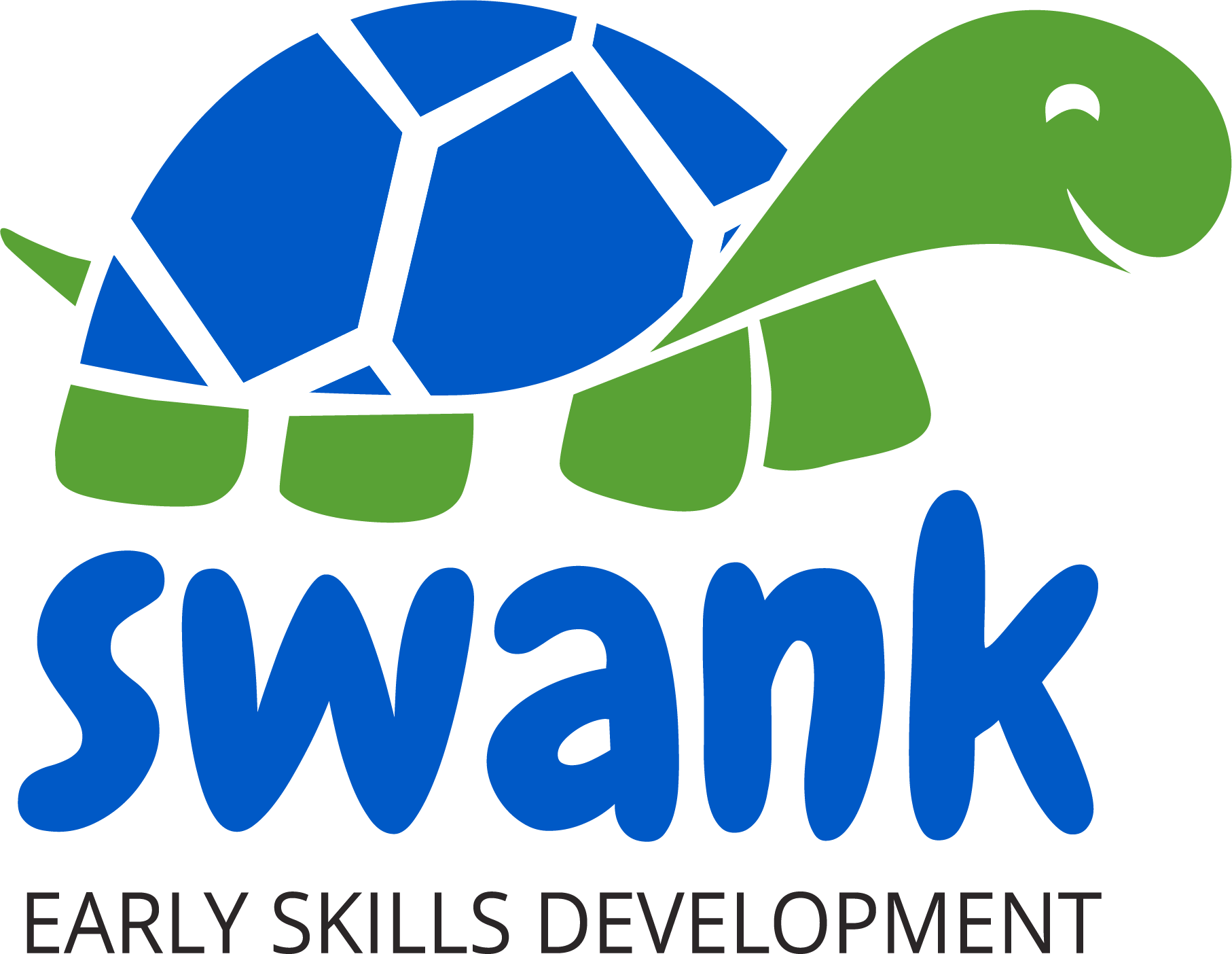
Turning the Light On Part 2: Every Child is Unique. Their ABA Interventions Should Be Too
Applied Behavioral Analysis, or ABA, gives us a wide set of tools to help a child overcome developmental delays and problem behaviors. How we use those tools depends on the child. Every child is unique and ABA allows us to customize how we intervene and reshape a behavior for that child’s specific developmental needs. At Swank Early Skills Development, we’re dedicated to finding that perfect combination
Developing a Treatment Plan Starts by Understanding the Root Cause of a Delay
In order to effectively help a child overcome a developmental delay, you must understand the cause of the skill deficit.
For instance, we may have two 12-month-olds come into our center on the same day, both of whom aren’t babbling as we’d expect them to do at their age. One child could have a developmental skill deficit causing delayed babbling, while the other may have a physical challenge making it hard to form sounds with their mouth. We have to determine the true cause of each child’s delay. We can’t go into treatment assuming that either child’s delay is purely developmental.
Once we go through our skills assessment and determine there is in fact a developmental delay, we create a treatment plan. The first step is a discussion with the parents about goals.
What are the goals we’re working towards with the child and what skills do they need to improve upon the most? We put all of this information together and use it to create our treatment plan, focusing on shaping the new behaviors standing in the way of development.
.
If You Can Find What Motivates a Child, You Can Start Reshaping Behavior
We rely on parents to be our partners throughout ABA treatment. Parents can expect to be asked questions like, “What’s your child’s favorite television character? Or book or toy?” Before we can successfully help a child catch up and reach a new milestone, we need to get them excited and engaged. We need to know what they like and use that character, book, toy or any other item as motivation.
Every child has different motivators that we have to uncover before the real work can be done. Every child, regardless of the delay they’re facing, also has a unique set of strengths. Together, a child’s motivators and strengths give us our starting line. From there, we tackle one developmental skill at a time just as if we were stacking building blocks one on top of the other.
Sometimes Getting Started Starts with Getting a Child’s Attention
Oftentimes with a young child, the first milestone we work towards is attention. This is an incredibly important milestone because if we don’t have a child’s attention, we can’t influence their behavior. But for many children, this milestone isn’t easily achieved. When we do our initial assessment, one of the earliest indicators of attention we look for is what’s called ‘joint attention.’
“Joint attention is something we all instinctively do,” explained Cindy Swank, owner of Swank Early Skills Development. “For example, if we’re having a conversation and during that conversation we hear a loud bang, we’ll both stop, look in the direction of the loud sound, and then look back at one another. Joint attention is a milestone that occurs early on during infancy. When a child does not show joint attention – if they don’t acknowledge the stimulus, don’t look back to make eye contact, or both – this can be one of the earliest signs of autism.”
Getting a child to display joint attention is a critical developmental skill and necessary milestone from which all other communication skills are built upon. Our early skills development specialists will arrange a highly intensive environment and do nothing but reinforce joint attention using the four contingencies of ABA until the child has mastered this skill.
Read more about the four contingencies of ABA in our article “What is ABA and How Can It Make a Difference In Your Child’s Life?”
“Joint attention is a building block to communication. When we put the right motivators in place to shape a behavior like joint attention and the child starts to make the connection with the person they’re with, you see this light go on, this new awareness they have, and suddenly they realize ‘this is fun’,” continued Cindy
The Right Interventions Today May Change Tomorrow
The ABA interventions we’re providing to each child are constantly being reassessed. At every session, we’re collecting and analyzing data to make sure each child is progressing towards their goals.
Every child progresses towards those goals at a different pace. As mentioned before, two children exhibit the same delay, but the underlying cause of their delays is different. For all of these reasons, one of the most critical components of ABA is an ongoing evaluation by our Behavior Analysts.
Our Behavior Analysts observe a session of instruction with a child and collect data to try to uncover the reason that a child may not be progressing the way we’d expect. For one child, it could simply be that there’s not enough motivation present to elicit the behavior we’re after. Another child may have motor skill delays in addition to communication delays. If we’re asking that child to respond by pointing their finger at an image, them not being able to respond may simply be because they haven’t yet developed the physical or imitation skills to do so.
Once we have our data, we work together to determine the cause and find the best solution for that particular child.
Every child we work with is beautifully unique. It’s our job to tailor an ABA approach that’s as unique as they are so they can reach their full potential.
We welcome you to explore the benefits that a center-based ABA intervention approach can bring to your child’s development. Contact us today.
